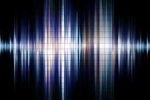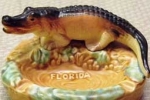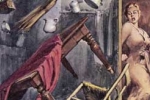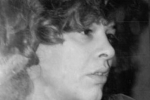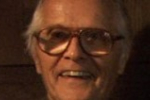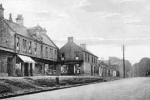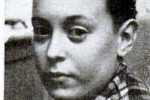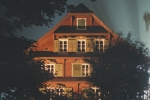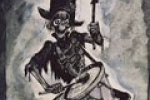James Houran is an American psychologist and parapsychologist whose research interests include the study of transliminality, ghostly phenomena and paranormal belief.
Poltergeists
Infrasound (audio frequencies below normal human hearing) has been investigated as a possible cause of paranormal-seeming effects.
1960s episode in which Florida-themed souvenir items were seen repeatedly falling from warehouse shelves without apparent cause. No evidence of trickery in the form of threads or other apparatus was ever discovered.
Anomalous household or workplace disturbances such as ‘rapping’ or ‘knocking’ noises of unknown provenance, violent movements of furniture and other objects, outbreaks of fires, and inundations.
Examines the theory that poltergeist phenomena represent brief, sporadic and large-scale manifestations of psychokinesis linked to a certain living individual, as opposed to a discarnate spirit.
American psychologist and parapsychologist (1926–2012) noted for reports of dramatic poltergeist phenomena, which he attributed to unconscious psychokinesis in emotionally disturbed young persons.
Episode of the 'poltergeist' type in a Scottish village in 1960, in which psychokinetic activity appeared to centre on an eleven-year old girl.
Episode of poltergeist-type disturbances in 1958 in Seaford, Long Island, New York, centering on a 12-year-old boy and investigated by parapsychologists William Roll and Gaither Pratt.
Mid-nineteenth century poltergeist case, in which a Swiss family was tormented for weeks by loud knocks and raps, furniture being hurled about, doors and windows slamming, and ghostly shapes and footsteps.
Poltergeist case investigated by Joseph Glanvill, a member of the newly-created Royal Society, making it one of the first paranormal episodes to receive serious scrutiny.



